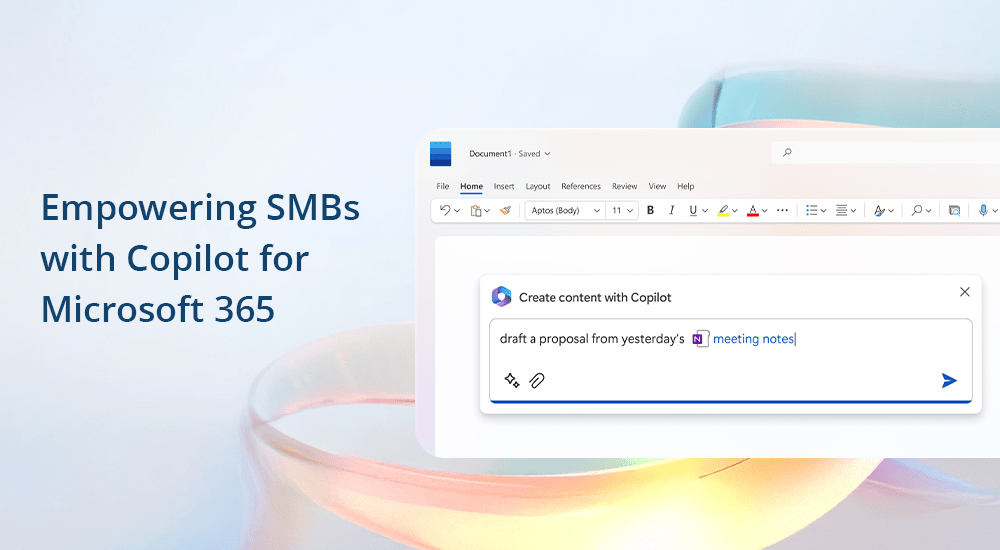Companies are always searching for different ways to enhance efficiency and boost growth. For IT companies, DevOps is one of the best ways that help to achieve productivity. The objective of using DevOps is faster software delivery to the end-user while maintaining high software quality. DevOps boost collaboration between operations and development teams for faster code deployment.
The Global DevOps Market size was estimated at USD 4,311.95 Million in 2021 and expected to reach USD 5,114.57 Million in 2022, at a Compound Annual Growth Rate (CAGR) of 18.95% to reach USD 12,215.54 Million by 2026.
Choosing the right DevOps KPI to show how business benefits from the DevOps approach is daunting. Not using the right DevOps metrics and KPIs leads to the failure of many DevOps initiatives. As a CIO/CTO, you should use automated and objective key performance indicators (KPIs) that clearly show how efficient your DevOps approach is. Therefore, choosing the right DevOps KPIs is crucial. Here are five DevOps metrics and KPIs that can make your life easier.
Below are the top DevOps performance metrics you can track to gauge the success of your DevOps approach.
Customer tickets
The encouraging factor of innovation often involves improving customer satisfaction, and for a worthy cause – a smooth user experience is good customer service and frequently translates to growth in sales. In comparison, customer tickets are an efficient quantifier of the success of your DevOps transformation. Ideally, customers should not serve as quality control by discovering errors and issues, so minimizing customer tickets is a powerful indicator of quality application performance.
Deployment Frequency
Lead time is one reason for calculating a team’s productivity and estimating how swiftly they can accommodate changing requirements. Another is deployment frequency, which calculates how quickly a team can deliver new features to production.
Incomplete features that are not delivered to production do not value customers or the business. There is no advantage in customer satisfaction, feedback for the team, or revenue if the software is not delivered to those who require it.
Smaller, faster deployments help keep feature releases small, and they also help increase the likelihood that fewer bugs will creep into production. This figure also helps satisfy the DevOps pillar of implementing frequent change with change lead time.
An extremely productive team in an agile organization would ideally deliver various releases every week, sometimes as frequently as multiple times per day. This usually indicates that the company’s automation and tooling are up to the task of rapid software iteration and delivery.
Deployment Time
The time from committing to setting up shows how efficiently you can create new functionality available to customers. Shortly after an engineer has finished a feature, you want it in the hands of users delivering value. Functionality should not be sitting in queues for review or otherwise held up – any delay between code-complete and production is a waste. Shortening deployment time reduces that waste.
Pull Request Cycle Time
After checking the new code by an engineer, how long does it take to merge it into the source code system? Longer pull request cycle times may be exhibitive of an inadequate DevOps process.
Change Lead Time
Change lead time, sometimes called lead time, tracks the time it takes for a project to go from inception to implementation. In agile software development, larger projects will be broken up into smaller sets of features or changes, so this metric does not necessarily mean you are tracking the delivery of an entire software product all at once.
As requirements are gathered, the team iterates by developing smaller sets of features. The interval of time taken by it to start performing on, testing, and delivering these features to production is the change lead time.
Shorter lead times indicate the general health, agility, and ability to deliver new features to customers quickly. It also shows whether a team can rapidly adapt to feedback from customers and turn around advanced features or progress. Lead times calculated in hours, days, or weeks are better than those calculated in months or years.
At the same time as helping to accomplish the DevOps pillar of calculating everything, this figure also helps compute the extent to which teams can quickly implement smaller, more gradual changes.
Change Failure Rate
Sometimes compressed as CFR, Change Failure Rate is the percentage of all changes transferred to production but either failed or had errors. Changes with major defects frequently result in rollbacks, hurting other figures such as uptime and revenue.
In DevOps, the acknowledgement of failure is considered normal. The successful delivery of faster, smaller releases is an indication of healthy DevOps processes as well as a healthy DevOps culture.
Frequent failures can indicate bad code quality, bad testing, too much pressure on teams to deliver features too fast, or other problems within the software development process.
CFR would be zero or remarkably close to it in a perfect world. This number should be in exceptionally low single digits. Double-digit CFR may mean the software is full of errors, or the software release cycles are not short enough to support a higher rate of success.
Number of Errors
The raw count of errors your system reports when changes are introduced in production is a good metric for DevOps. A smaller number of errors signify high-quality functionality.
Mean Time to Detection
If you cannot detect a problem, you cannot act on it. The time it takes for a problem to exhibit and be seen by a person or automation is called Mean Time to Detection.
It is critical that companies can frequently detect issues in production. This allows humans or automated systems to proceed to correct the problem. MTTD is often reduced by implementing solid analyzing and noticeability best practices, tooling, and automation.
The longer it takes to identify a problem, the more likely it is that other adjustments will be aggregated on top of it, making it extremely difficult to sort out which change caused the problem at the start.
Entirely the last thing an organization wants to hear from its customers is that they found an issue before the business did. This can be embarrassing or can lose customers and their reputation.
Issue Severity
While reporting on production issues, it is necessary to categorize them by stringency. For example, a high-severity problem might have a major impact on core functionality for all your customers, while a low-severity problem might have just a lesser impact or might affect only a set of customers. You should be aware that most of your issues are highly stringent, even if their number is low. Similarly, you may be comfortable living with a higher number of lower severity issues if the payoff is much better velocity.
Meantime to Repair (MTTR)
Facing failures is unavoidable and trying to minimize all problems before releasing software is a guarantee of low velocity. What is important is calculating how long it takes to retrieve when something inevitably does go wrong. Once an issue is known or noticed, what is the meantime to repair? That is, the time it takes to either remove that change from production or fix it.
Mean Time to Recovery
When failure is considered a fact, contingency plans require to be in place to deal with those mistakes. Here, t Mean Time to Recovery, or MTTR, comes into play.
Few software deployments will fail. Ideally, this will not happen often, but it is important to recover quickly when catastrophic failure. MTTR is calculated from the time it takes to detect a problem – Mean Time to Detection (MTTD) – to when it reverts to a baseline state.
Recovery is typically concluded through rollbacks. Fast and easy rollbacks result in a lower MTTR – and the lower the MTTR, the better. Typically, your MTTR will be calculated in seconds.
If MTTR takes longer than a few minutes, it basically means the business might be running poorly of its Service Level Agreements (SLAs) with customers, and it can result in bad will and lost revenue.
Better automation via CI/CD pipelines and solid incident response and rollback procedures can help reduce MTTR to acceptable levels.
Unit Cost
When building stable, high-quality products is essential for success, it is equally necessary that those products are economically applicable. Unit cost is a great way to estimate how costs are trending in the context of your business.
This range is based on your company, but it can involve cost per customer, transaction, video stream — or whatever other figures meaningfully align with your business model. It is also essential to understand which parts of your architecture drive those costs.
Summing Up
When there are multiple figures, companies can calculate how efficiently they are executing DevOps, the ones above offer a good starting point for measuring efficiency. Embee offers a wide range of DevOps solutions that cater to your business growth with rapid and higher quality software delivery with less friction and better team morale.
Our recent acknowledgements include Microsoft’s Cloud Innovation Partner of the Year 2021, Azure AppHack First Runner up 2021, Microsoft Inspire-DevOps Finalist Award 2020, Country Partner of the Year, India 2018 by Microsoft and the Cloud Software Partner of the Year, APAC, 2017 by Canalys. These are testaments of our capabilities and commitment towards our customers. Embee can proudly boast an impressive customer retention rate of over 90%.
















































